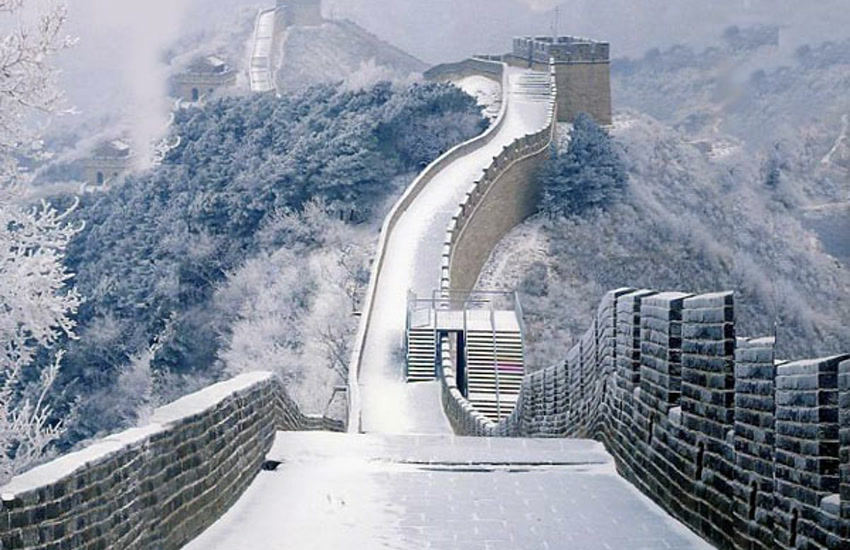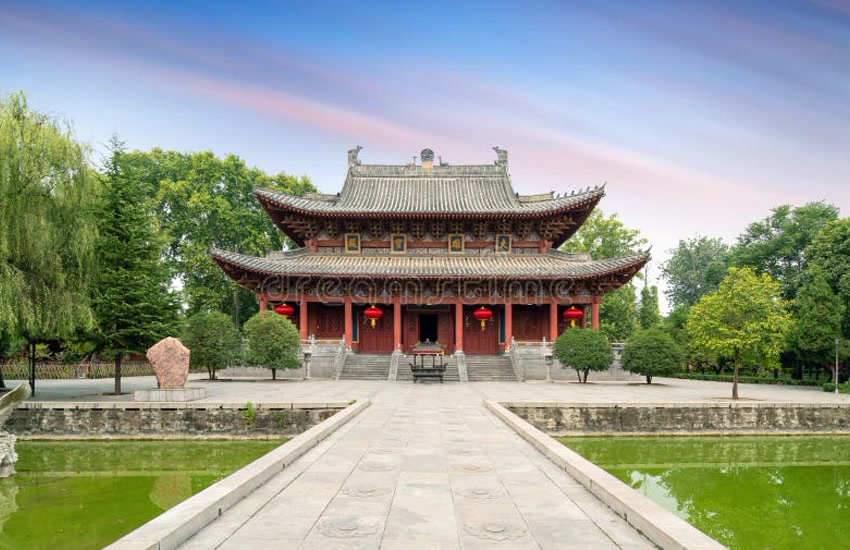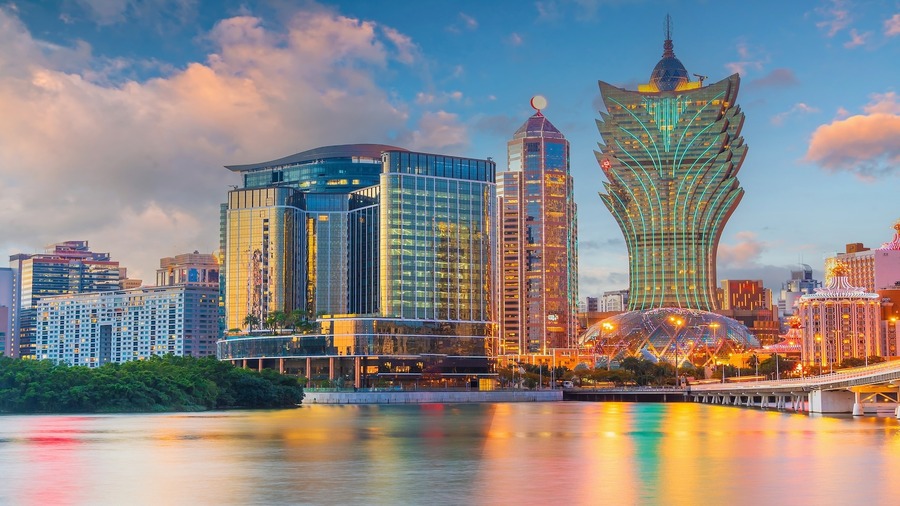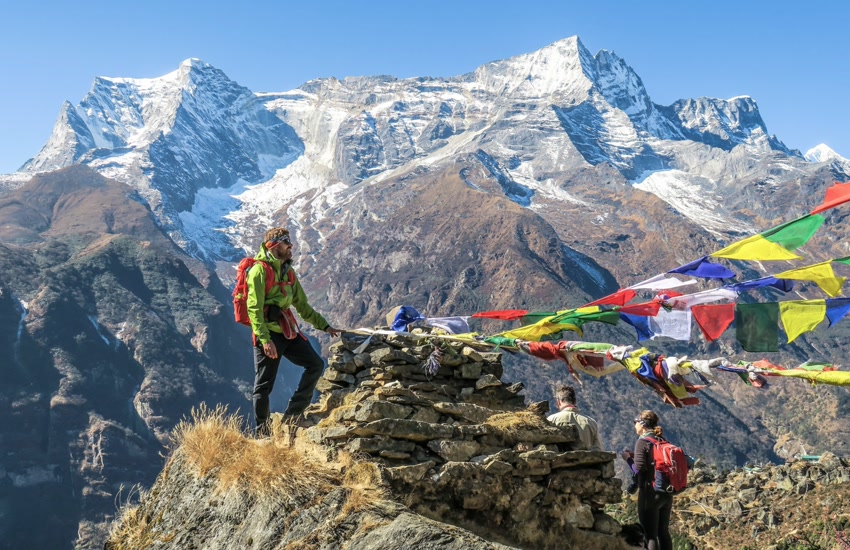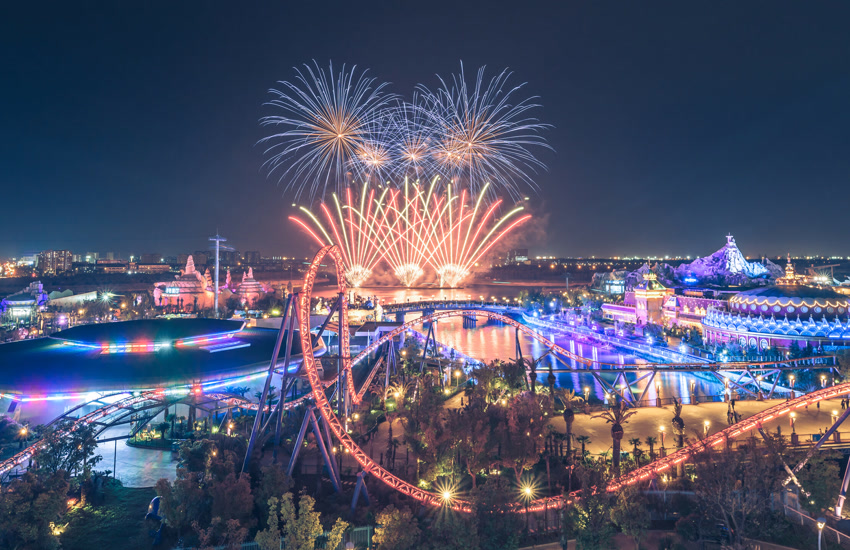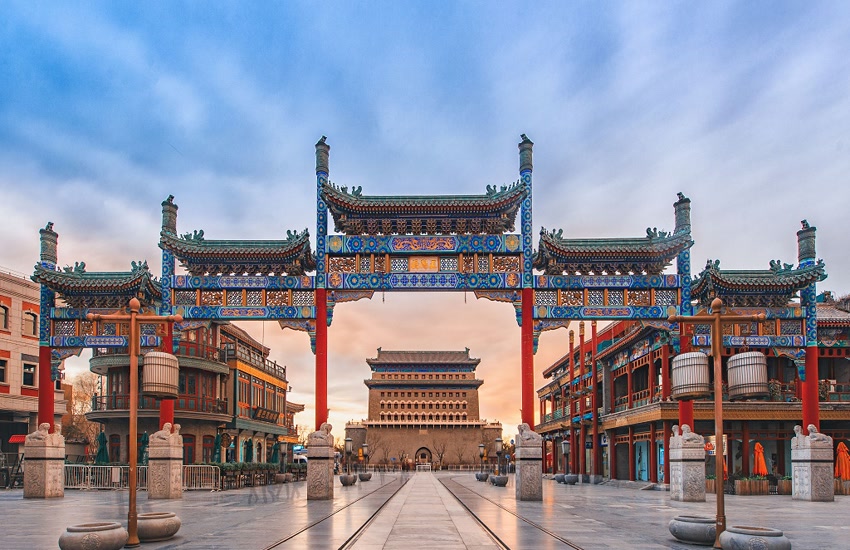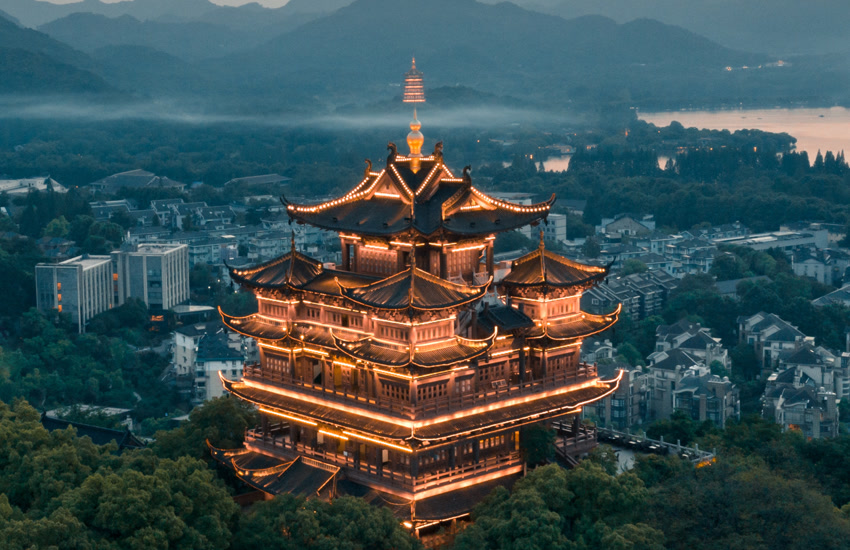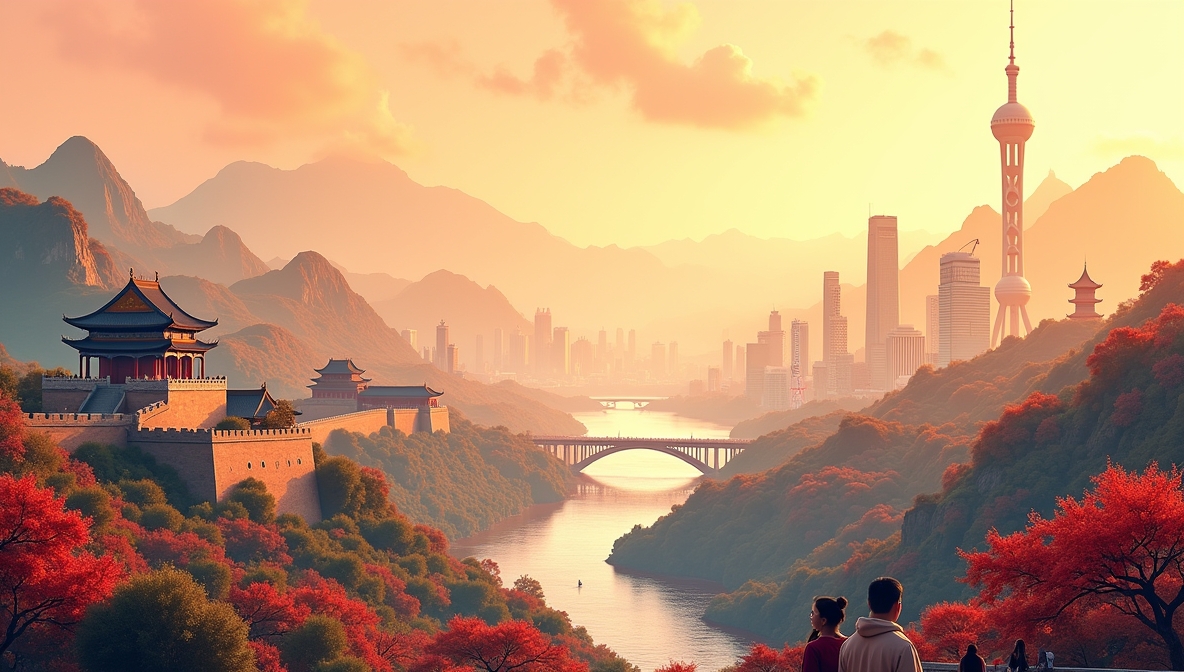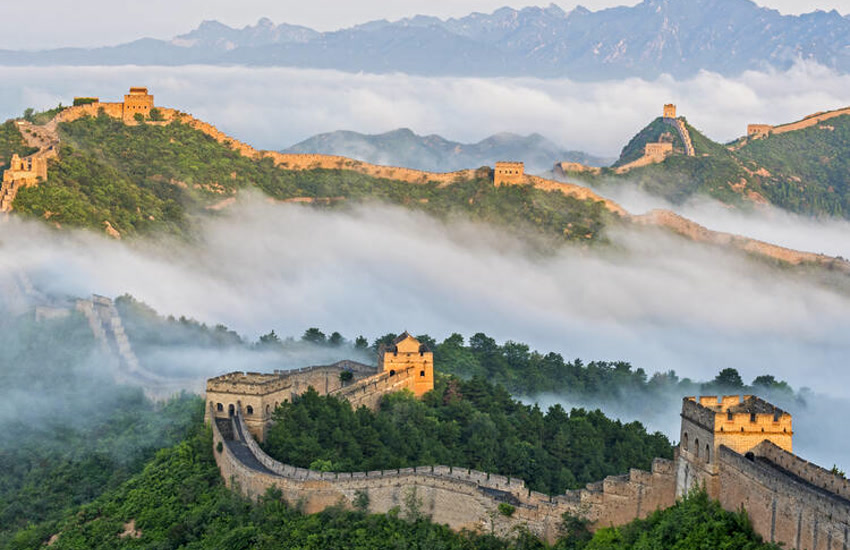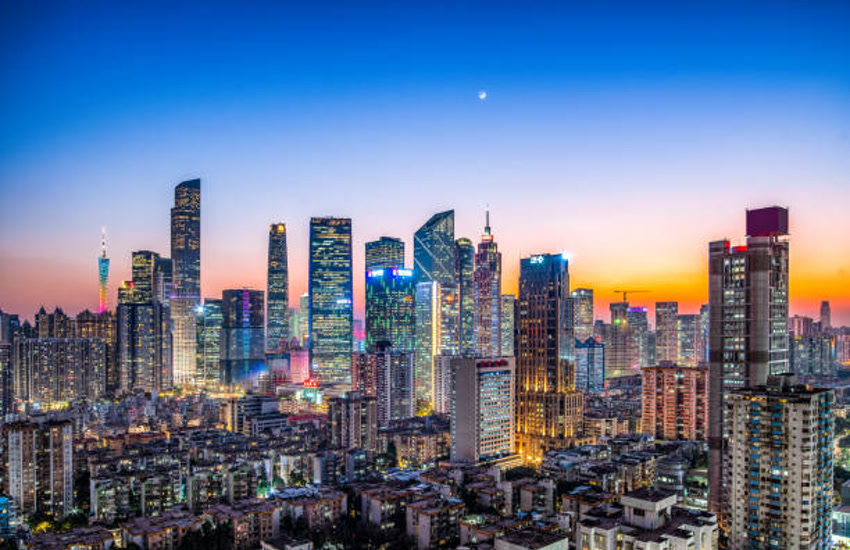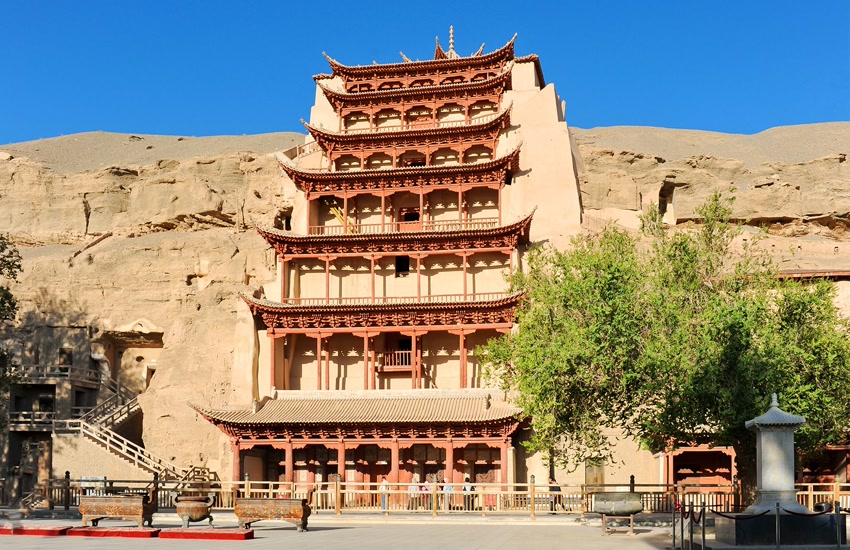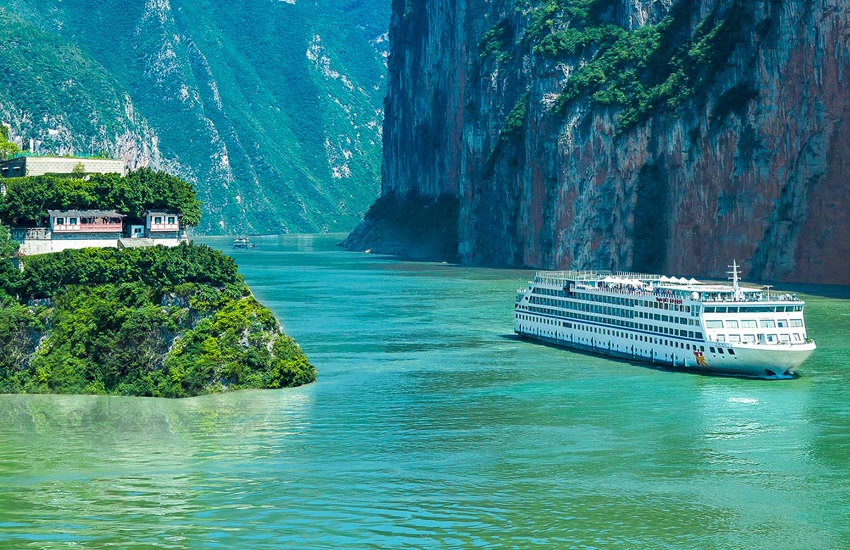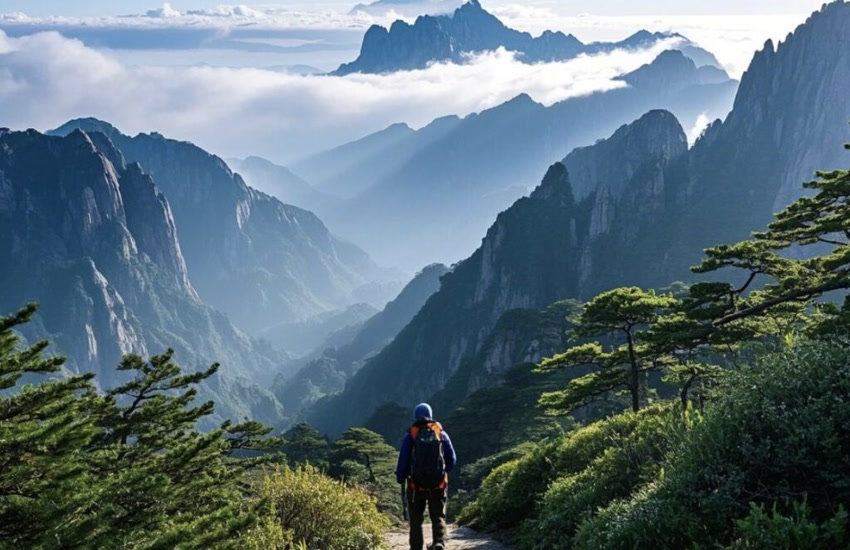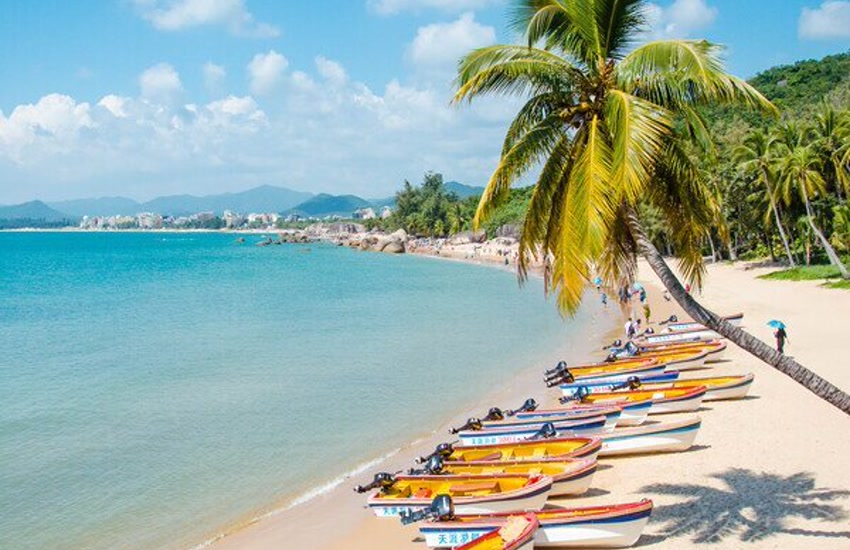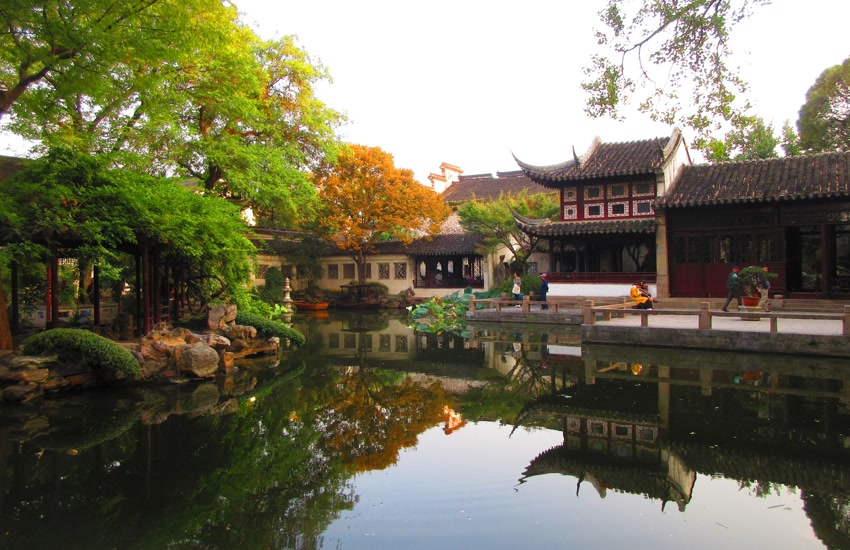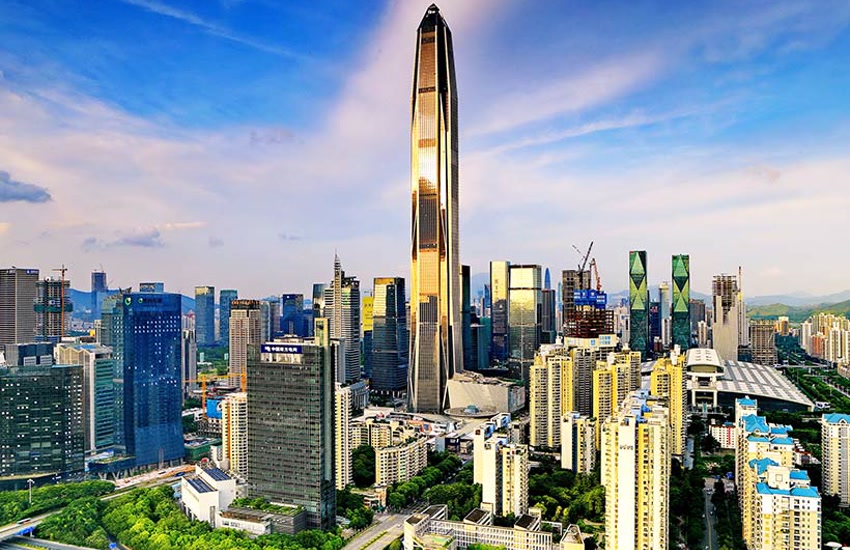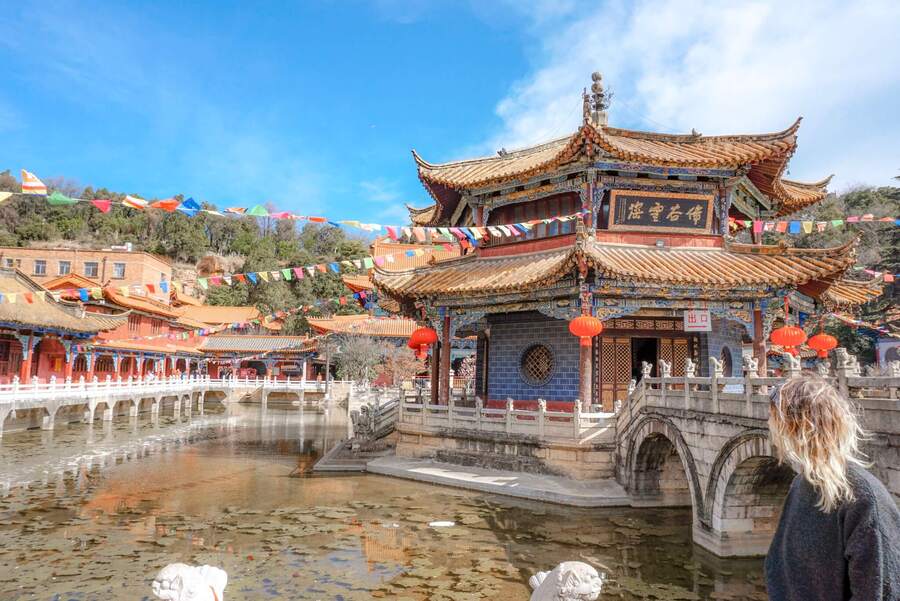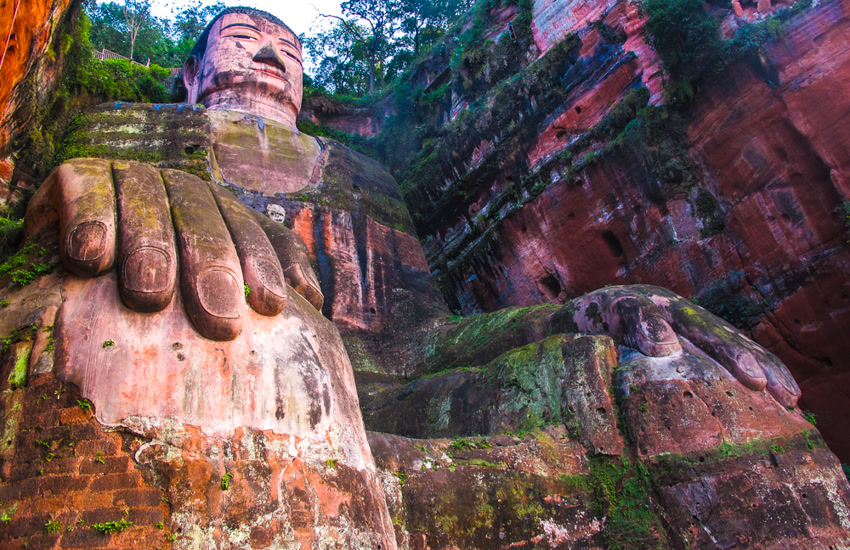
Hey fellow travelers! Today, let’s embark on a virtual journey to a place unlike any other: Lhasa, the capital of Tibet.
Now, Lhasa isn’t your average city break. It’s perched high in the Himalayas, at an elevation of about 3,650 meters (that’s a whopping 11,975 feet!) above sea level.
This extreme altitude isn’t just a geographical fact; it’s woven into the very fabric of Lhasa’s identity, shaping its landscape, its culture, and, most importantly, its palpable spiritual atmosphere.
Experiencing the Spiritual Allure of Lhasa: Tibet’s High Altitude Attractions
Potala Palace: Reaching for the Sky
Let’s start with the iconic Potala Palace, probably the first image that pops into your head when you think of Lhasa.
This architectural marvel rises dramatically from Moburi Hill, a testament to human ingenuity and spiritual devotion. And get this: it’s the highest ancient palace in the world, reaching nearly 3,750 meters above sea level at its highest point!
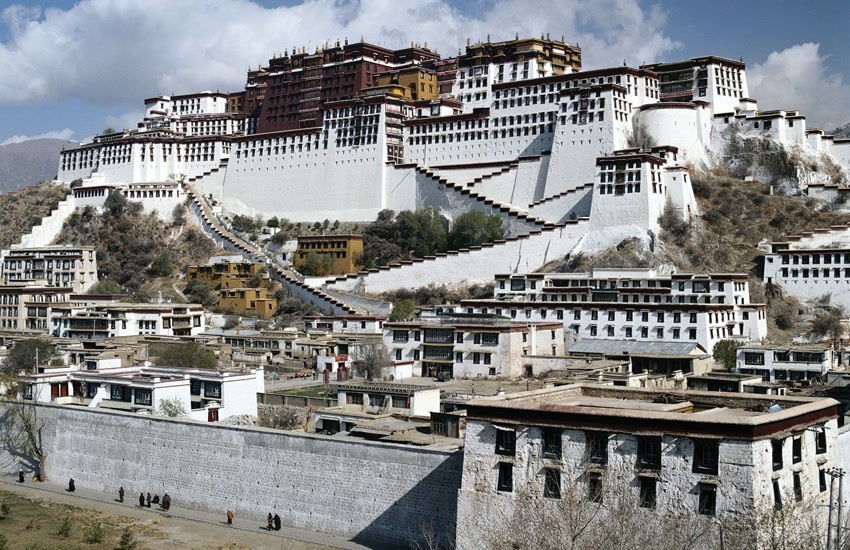
For centuries, the Potala Palace served as the winter residence of the Dalai Lamas, the spiritual and political leaders of Tibet. Today, it’s a UNESCO World Heritage site and a powerful symbol of Tibetan Buddhism. As you wander through its labyrinthine halls, filled with ancient relics and priceless artifacts, you can almost feel the weight of history and the echoes of countless prayers.
Jokhang Temple: The Heart of Lhasa
Next up is Jokhang Temple, located in the heart of Lhasa’s old town.
This is Tibet’s holiest temple, the spiritual epicenter for local devotees and pilgrims who travel from all corners of the Tibetan plateau to pay their respects. The atmosphere here is electric, a palpable mix of devotion, reverence, and ancient traditions.
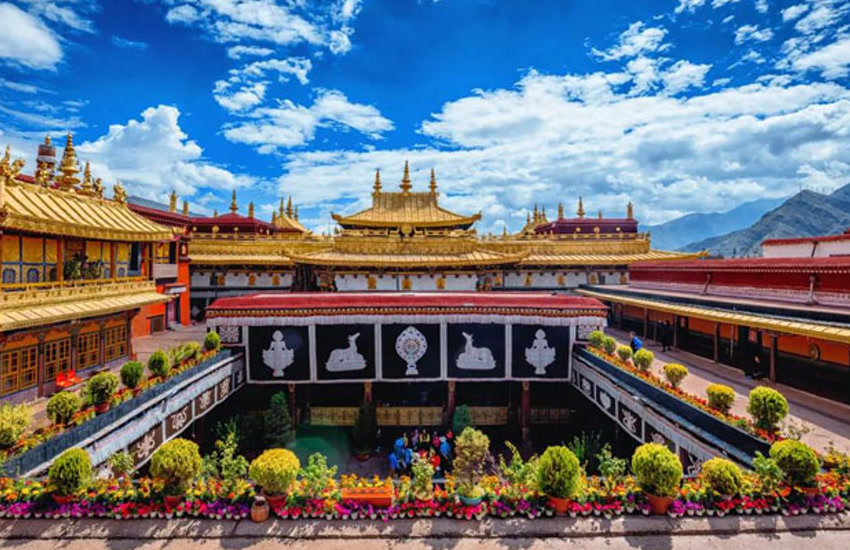
The Jokhang Temple houses a priceless statue of Shakyamuni Buddha, believed to be one of the oldest and most sacred representations of the Buddha in the world. As you stand before this statue, you can’t help but feel a sense of peace and tranquility wash over you.
Monasteries: Centers of Learning and Spiritual Debate
Lhasa is also home to several other important monasteries, each with its own unique history and character. Sera and Drepung Monasteries, located within Lhasa’s main district (Chengguan), are significant centers for Buddhist learning and debate. Here, you can witness monks engaging in lively philosophical discussions, a tradition that dates back centuries.
Acclimatization: Listen to Your Body!
Now, before you pack your bags and book your flight to Lhasa, it’s important to talk about acclimatization. The high altitude can be a challenge, even for experienced travelers. It’s crucial to take it easy on your first few days and allow your body to adjust to the thin air.
Acclimatization Tips
| Tip | Description |
|---|---|
| Drink plenty of water | Staying hydrated is essential at high altitudes. |
| Avoid strenuous activity | Take it easy on your first few days and gradually increase your activity level. |
| Avoid alcohol and caffeine | These can dehydrate you and make it harder to acclimatize. |
| Eat light meals | Heavy meals can be difficult to digest at high altitudes. |
| Listen to your body | If you start to feel unwell, rest and seek medical attention if necessary. |
Altitude sickness can manifest in different ways, including headache, nausea, fatigue, and shortness of breath. If you experience any of these symptoms, it’s important to descend to a lower altitude immediately.
Experiencing the Spiritual Essence
The high altitude is more than just a physical challenge; it’s an integral part of Lhasa’s spiritual allure. The rarefied air and striking Himalayan scenery heighten the senses and can lead to a profound sense of introspection, humility, and awe. It’s a place where you can truly disconnect from the stresses of everyday life and connect with your inner self.
The Devotion of the Pilgrims
The devotion found in the prayers and rituals that define Lhasa’s daily life is contagious. Whether you’re observing pilgrims prostrating themselves before the Jokhang Temple or listening to the monks chanting in the monasteries, you can’t help but be moved by the depth of their faith.
The High-Altitude Attraction
Lhasa’s high-altitude attractions are inseparable from their spiritual magnetism. The city’s elevation amplifies the sense of otherworldliness, inviting visitors to slow down, breathe deeply, and immerse themselves in its centuries-old spiritual traditions.
Discover Mount Everest
While visiting Tibet, don’t miss the opportunity to discover the best hiking experience:
Check out our guide on Conquer the Heights: Understanding Everest Base Camp Elevation.
Final Thoughts: A Journey for the Soul
Lhasa is a destination that will challenge you, inspire you, and leave you with memories that will last a lifetime. It’s a place where you can experience the raw beauty of the Himalayas, connect with a rich and ancient culture, and find a deeper sense of peace and purpose.
So, if you’re looking for an adventure that will feed your soul, consider a trip to Lhasa. Just remember to take it easy, listen to your body, and be prepared to be amazed by the spiritual allure of this high-altitude city.
Happy travels, everyone! And may your journey to Lhasa be filled with wonder, inspiration, and a deep connection to the spiritual heart of Tibet.
Discover our others destinations guide:



